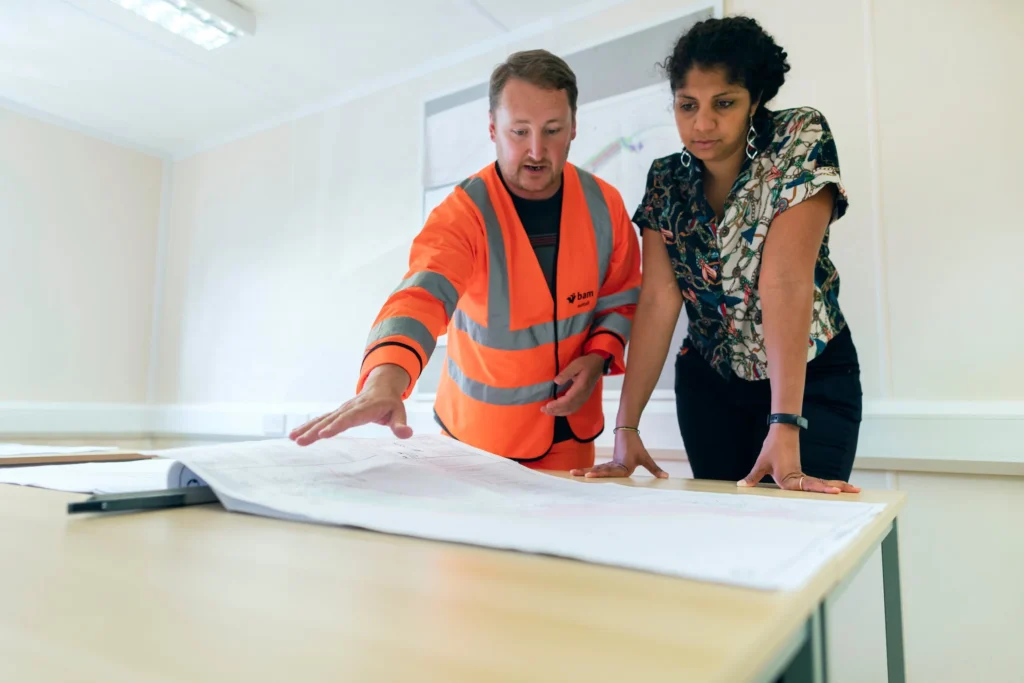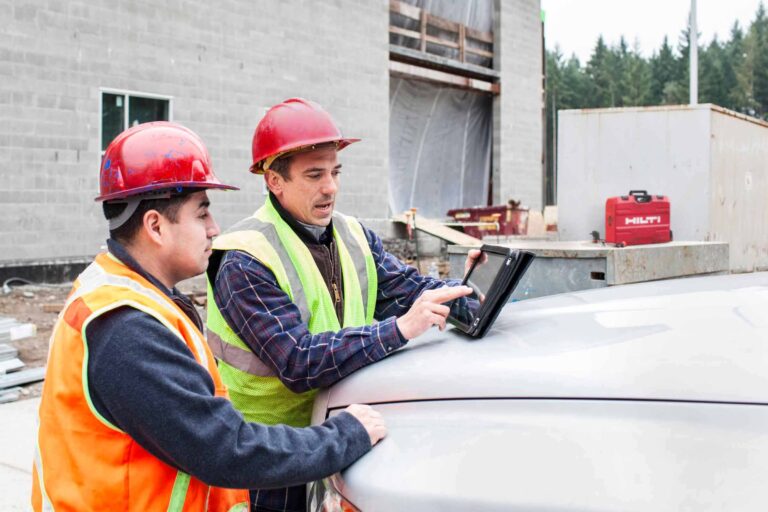The construction of a structure is a long process that involves many other processes. A lot of time, money and effort is put into the construction of a building including the amount of labour required and the ensuring of adherence to safety and hazard standards.
This blog aims to clearly outline the different stages that occur in a construction project, namely the construction of a residential property for potential homeowners. All the way from the conception of the project where the project is brought to life from the mind of the project owner to the closing of the project and hand off.
Conception
The first stage to look at is the concept stage in construction. This is where it all begins, it is where the project starts to come to life. Before the design stage which will also be discussed at this stage the project is first thought about. It is important that at this stage a draftsperson or architect understands the ideas being put forward to ensure the feasibility of the project at this stage.
Ideas come forth at this stage and constructional designs are started to be made at this stage based off of these ideas.This stage of conception all begins with the client. This stage is where their dream begins to come to life. Research is also conducted to search for an appropriate location and the specifications/standards that should be followed, such as number of rooms, space of the property, what will be used for what as well as other objective goals of the property. Through this process requirements are properly established and research is being done on the potential cost and scope of the project to see if it can be completed within a certain timeframe.
The project manager essentially conducts a feasibility study which analyses as aforementioned, the costs, main objectives and the project timeline to see if it can not only be completed on time but if the resources are there to do it. This determines if the project is worth pursuing.
It is important to note that there is clear overlap between this conception stage and the design stage, as the feasibility study and goal outlines can occur at either stage, either at the end of this stage or at the beginning of the design stage.

Design
The next stage to look at is the design stage. Following the conception phase, it is now time to bring the client’s dream home and their ideas to life. At this stage nothing is set in stone yet nor guaranteed, this part of the project life cycle occurs before the commencement of the project itself.
At this point there is a draftsperson or architect that will as aforementioned take what was clarified in the conception stage in terms of the client’s ideas into something more concrete. The architect, draftsperson or whoever is in charge of design will ensure that the design of the structure to be built will be functional and usable while adhering to regulations and standards. Simultaneously, they will also aim to respect and stay in line with the foresight and inspiration of the future homeowner/ project owner and their ideas and wants for their home. The design will involve what is called the schematic design as well as contractual documents and design development.
Prior to the commencement of the schematic design, the feasibility study must be done to establish the objectives of the project such as the size of the building, the rooms and what space will be used for what. To reiterate, while this may happen at the start of the design phase prior to the schematic design it may happen towards the end of the conception phase as well.
As for the schematic design, it will show a design of the space with textures and materials included which will be passed onto the design development stage to begin procuring information on the materials and equipment required for the project.
This leads into the drawing up of the contractual documents containing the final design and the specifications outlined from the design development stage.
Tendering/Bidding
The next step involves the tendering/bidding for the project. The contractual documents that were drawn up in the previous design stage contain the final design and the judgement of the project’s costs. This is then taken to the next stage involving placing bids on the project.
The construction bidding process is an important part of the construction project lifecycle. The bidding occurs with a client or general contractor sending an invitation to bid to a contractor or in this case of the contractor sending the bid invitations to subcontractors.
The tender will contain information on the project’s scope, timeline and other relevant information for the consideration of those that will place bids. Once the information is sent out those relevant parties such as contractors and subcontractors will review the information and send in their bids, the most attractive bid will then be awarded.
Pre-Construction
Once the contractor/subcontractors are chosen for the project, prior to the actual construction of the project a team is put together with the aim of preparing the construction site for the commencement of construction. This may include the construction or project manager, field engineer, superintendent and health and safety manager to investigate the environmental and historical aspects of the site to ensure there are no issues.
Soil tests and other similar tests are conducted as well as the procurement of labourers, equipment, materials and resources for the project.

Construction
At this stage there is a pre-construction meeting conducted in regards to figuring out the hours of labour required and other issues such as where materials are stored, quality control and so on. The date of commencement of construction is also agreed upon.
The construction schedule will be created and different individuals will receive their schedules with some needing other parts of the project to be finished before they begin their part. No matter how hard one plans however, there can be many unforeseeable issues that can arise in a construction project and it is rare everything is completed without a problem arises, hence it would be prudent to utilise a construction management software that also includes a project scheduler with a Gantt chart so everything can be managed online and all aspects of the project can be connected to each other and managed in one place.
During the construction stage, a decision is generated stating the working hours of the labours, quality check, material storage and access to the site. A pre-construction meeting is arranged for approval and discussion of the problems that may arise among workers or at the site. The work begins keeping in mind the budget.
Pre-Occupancy
Finally, the construction has ended, however it is not over. Before the project is closed and the building is handed over to the owner, there are some matters to be finalised. Resources, equipment etc., are removed and the site is cleaned up.
The site is investigated to ensure there are no issues and if there are they are corrected and lastly any documents such as insurance or manual documents are given to the customer.
A good construction software makes use of good project management functionality, estimate and financial/accounting tool functionality, job management, scheduling and planning and support functionalities and more. WunderBuild is a construction management software that aims to provide all of these functionalities and more to bring out the best outcomes for a project.
It is currently offering a free trial, visit here to try WunderBuild for free.



